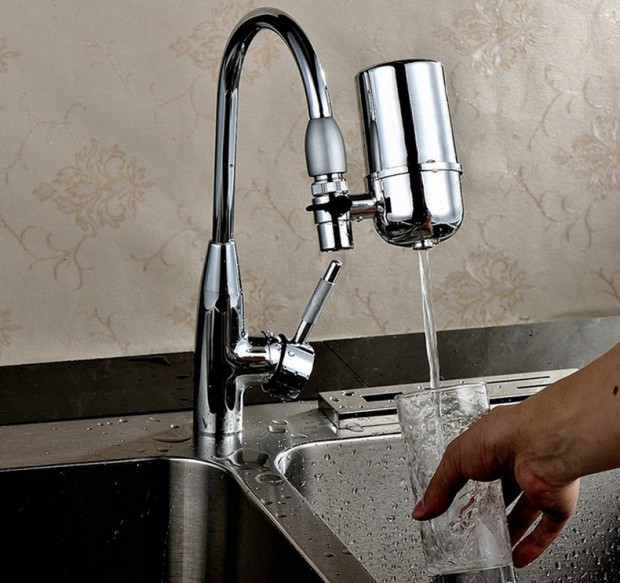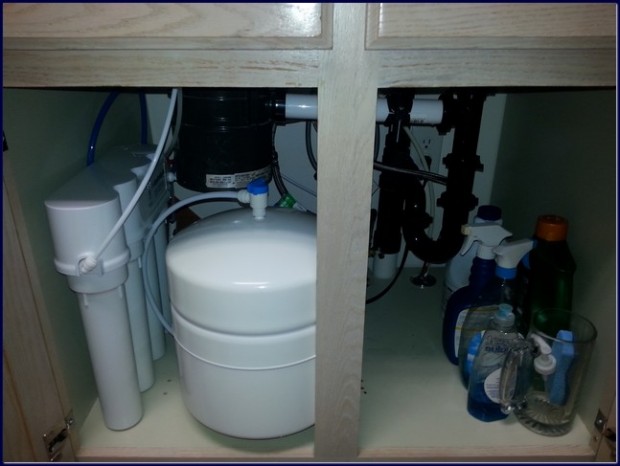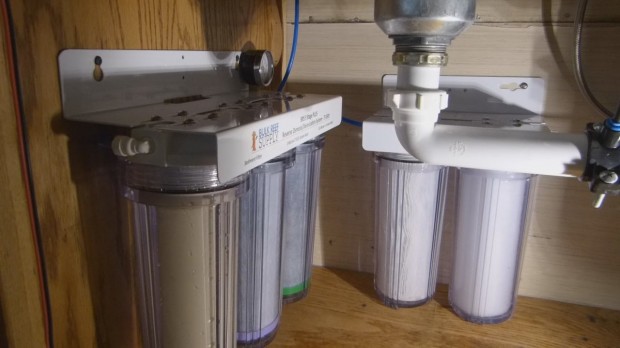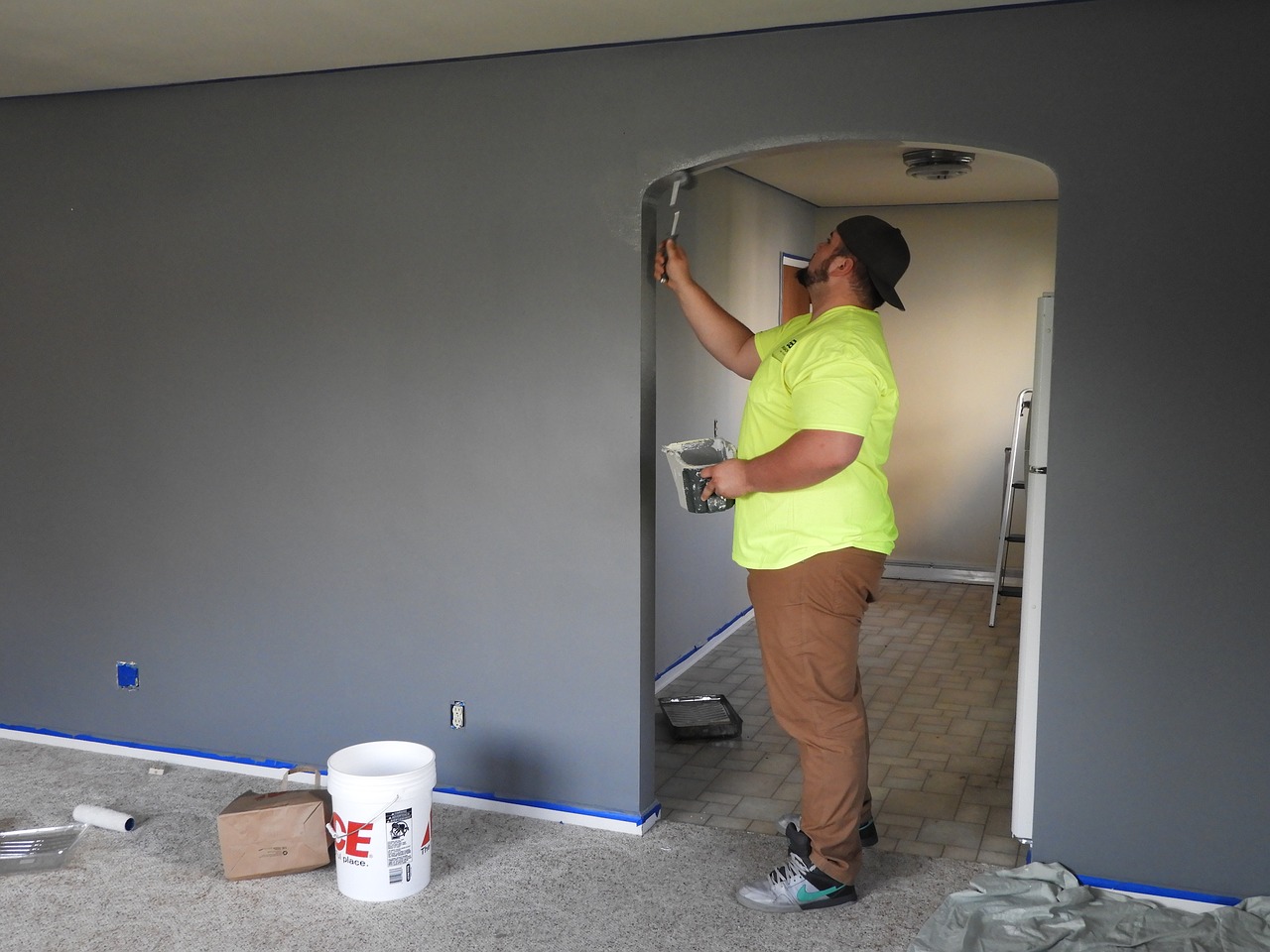Humanity is always using developing technology and ever-increasing life standard to improve upon itself and make everyone’s life better and easier. With water being single most important commodity of everyone’s life, we can easily observe that public supply system isn’t always on the par when we are considering the quality provided. Fortunately, there are several alternatives in solving this problem. One of those would be to constantly buy bottled water and the second one is installing water filter somewhere in your home. Here, we will focus on the second solution, which is more sustainable in the long run, and give you few guidelines for choosing the right water filter.
Know What You Are Dealing With
There are different water filters for different problems so be sure to know what problem you are facing before actually spending money on filtration systems. One of the easiest ways of doing that is to request the copy of your area’s annual water quality report (also known as Consumer Confidence Report) from your local water utility. There are of course other ways, such as conducting short examination with some at-home test kits, which can be easily obtained in every home improvement store, or calling local health department to help you in figuring what filtration system is best for you.
Choose One of the Most Common Filtering Methods
There are three most commonly used methods for purification:
Source
- Distillation – Sole purpose of distillers is to heat water up to the boiling point and collect condensed steam, thus purifying the fluid. This is one of the oldest and most well-known filtering methods, but be aware that some containments still remain present in the water (It does not remove volatile organic chemicals, nor chlorine and trihalomethanes), even after distillation, so try combining this method with carbon filter to achieve best possible results.
- Carbon filter – Activated carbon is usually found in many under-sink filtration systems and pour-through filtration pitchers. They are basically trapping containments in pores of highly absorbent filter and are very efficient when in combination with distillation, as we mentioned above.
- Reverse osmosis – Finally, you can reverse natural flow of water through reverse osmosis system that is very effective in removing arsenic, fluoride, nitrates and many other containments, but we placed it on the third spot because it can cause some serious water wastes.
Find out What Filter Suits You the Best
Once you discover what containment troubles you and most prominent methods to deal with it you will have to choose the right filtration that suits you the best to reduce or even remove your problem in accordance to prevention level you want to have.
- Whole house solution – You can, for instance, decide to filter all the water flowing through your house by choosing point-of-entry (POE) system, which is in most cases installed on water service pipe in the area just after the meter. It is also most suited for removing mineral deposits and unpleasant tastes, so if you want best possible prevention and whole house water filters from Brisbane, Melbourne, Sidney, or any other Australian major city is more than supplied to provide you with the right solution.
- Under-sink filters – Simpler option includes only point-of-use (POU) filter, which is located under the countertop, and is the most prominent in our houses. Once they are installed you don’t even know that they are there because filtered water comes directly through faucet. One of the advantages this method offers is the chance to use filtered water on only one dedicated faucet, lowering the cost of filter cartridges. Placing them directly before the faucet will provide you with maximum protection.
- Faucet-mounted filters – There is also one more option in the form of faucet-mounted filters. Some of them are designed to do nothing more than remove odors and bad tastes and others will have cyst-filtering capabilities. They are most affordable and have all the advantages of under-sink filters, but they also provide least protection and filtration.
Source – Watch the whole video at the end of the article
All you have to do now is to take into equation all the guidelines we gave you and choose the solution that suits you the best. Don’t think for a second that you need to opt for only one of them. The more filtering levels you have, quality of your water will be better, so, in this case, there is really no way to go wrong, just less effective.















